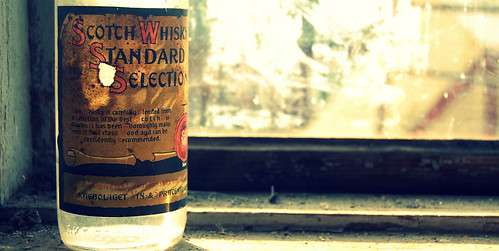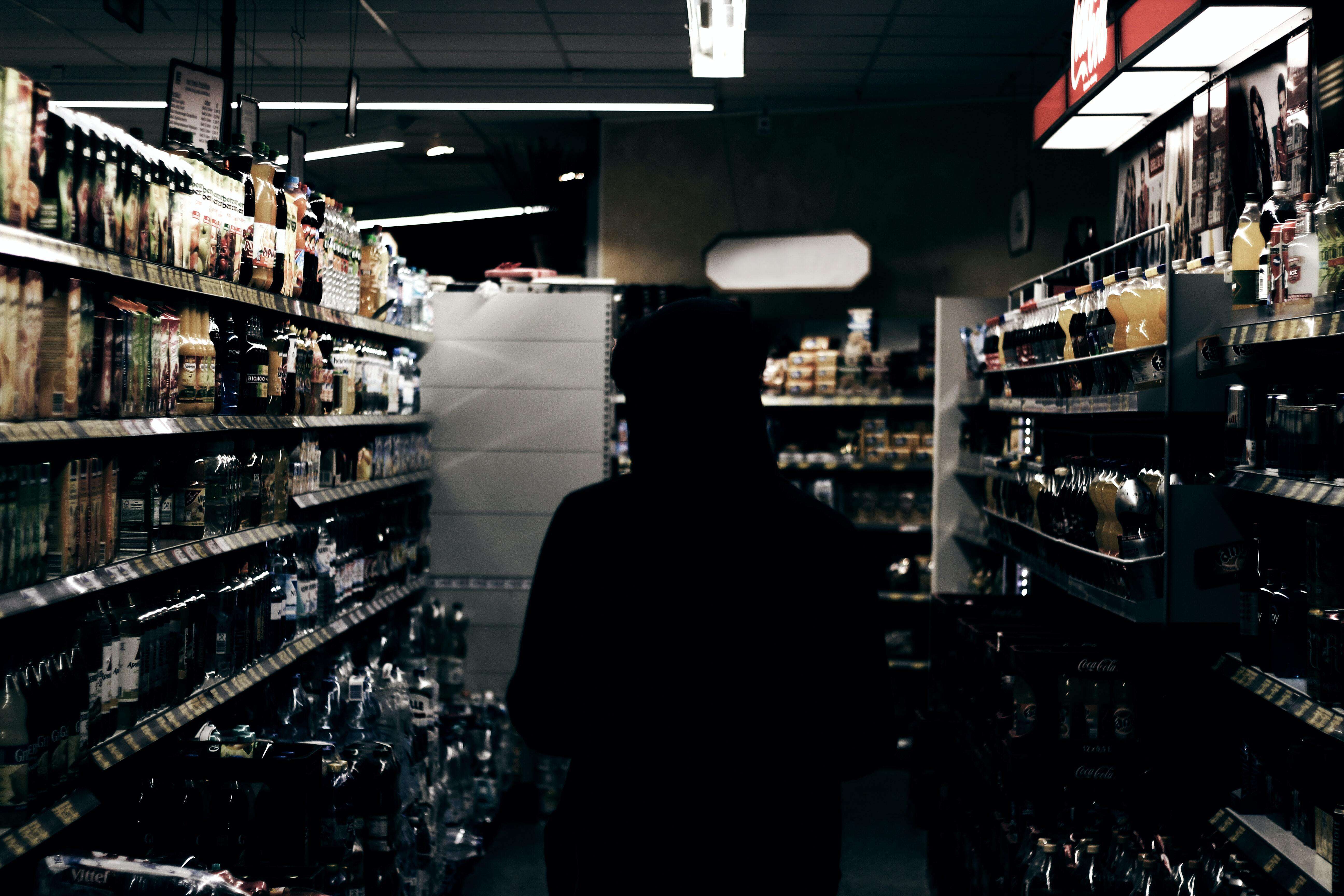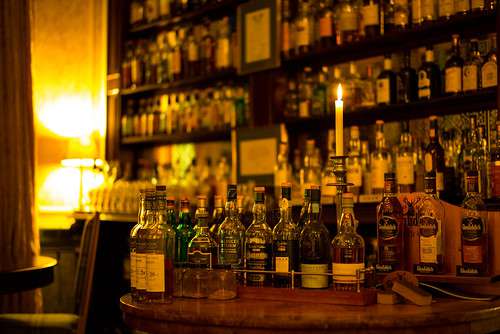
Counterfeit alcohol is becoming a growing concern around the globe, demanding more rapid, reliable, and economically feasible authentication methods. Image Source: Flickr user quijonido
One night, Blake Stone-Banks ordered a bottle of whiskey with a friend in a popular Beijing bar. “It tasted funny so we limited ourselves to one glass each,” he says.1 Hours later his friend’s wife called to inform him that his friend had collapsed and was in the hospital, unable to speak. Stone-Banks immediately thought of the strange whiskey, which he now believes was counterfeit, part of China’s growing illegal and unregulated black market.
Counterfeit products are nothing new; from luxury handbags to high-end watches, fake versions of popular consumer goods are flourishing and often deliberately sought out by customers who want the look of premium products without the high price tag. Counterfeit alcohol, however, is a different story; few consumers are looking for a fake bottle of scotch and the overwhelming majority of buyers are entirely unaware that they are purchasing a fake and potentially dangerous product. And, yet, the black market alcohol industry is booming, as scammers try to capitalize on growing demand for alcoholic drinks. In China, where per capita alcohol consumption has risen by over 31% in just two years, experts now estimate that 30% of all alcohol is fake. In Russia, where counterfeit alcohol has caused a spate of deaths in recent years, the number may be as high as 50%.2
But the problem isn’t just confined to other countries; in the United States, the rising popularity of premium liquors has spurred a surge in fake alcohol sales and law enforcement agents have found widespread counterfeiting even in popular bars and restaurants one wouldn’t typically associate with criminal activity.3 In one New Jersey restaurant, for example, investigators recently found a mixture of rubbing alcohol and caramel coloring being sold as scotch while a sting operation in Texas revealed that nearly a third of licensed retailers were selling substituted liquor.

The UK has created new policies for identifying counterfeit alcohol, as illicit products are increasingly entering the mainstream marketplace on both the high and low ends of the spectrum. Image Source: Unsplash user Tom Sodoge


